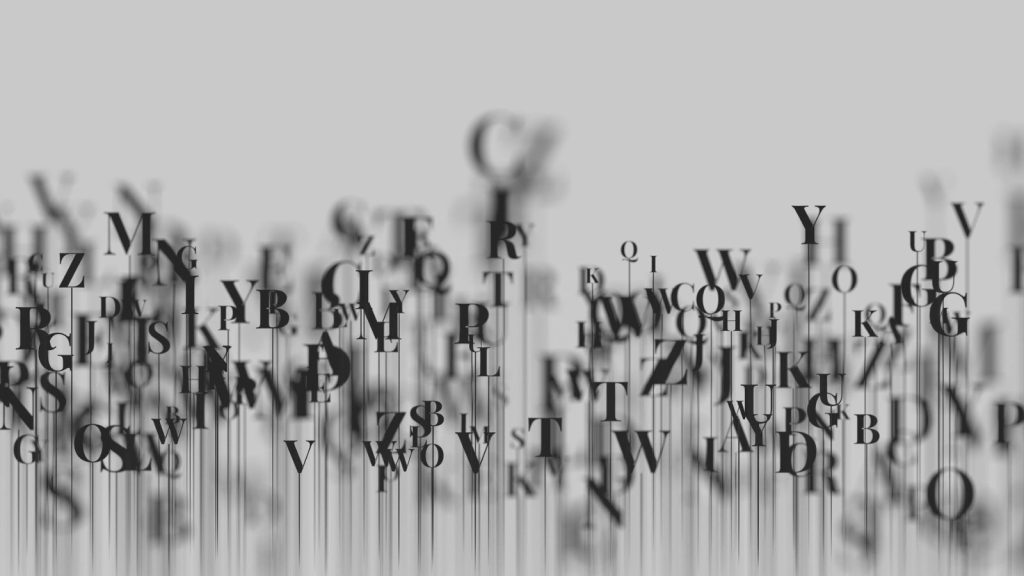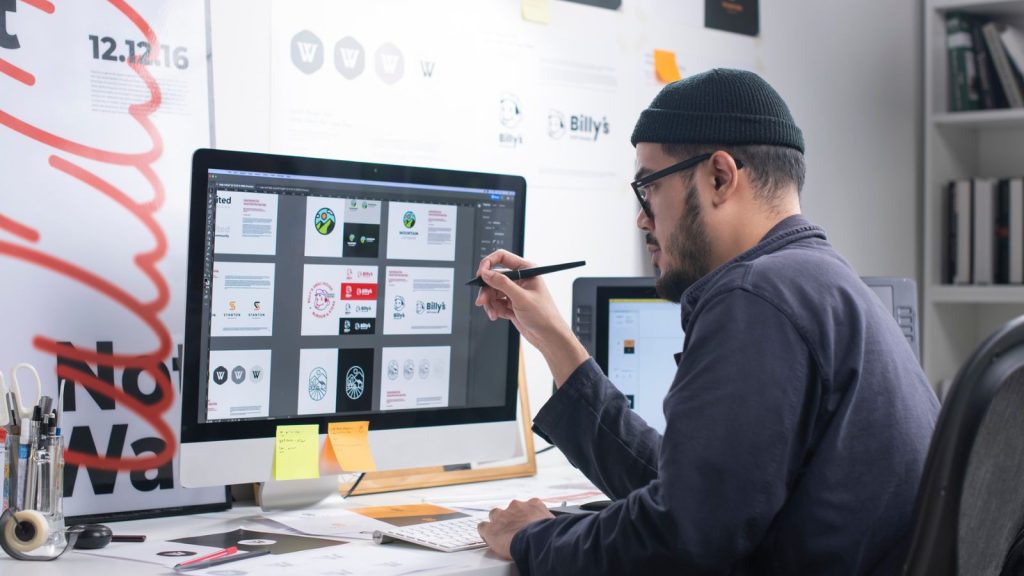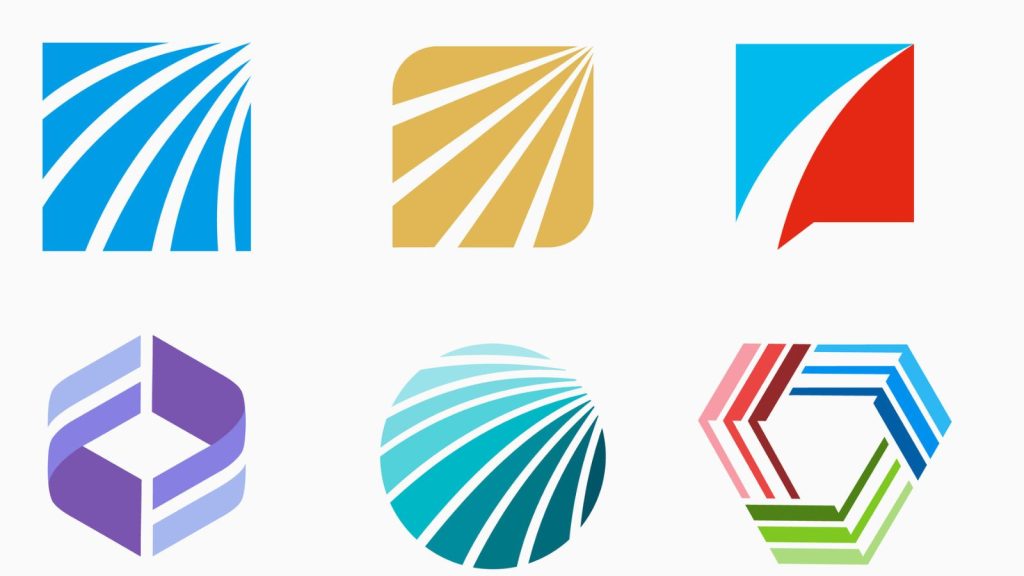Whether you are conscious of it or not, design has a tremendous effect on our daily life: What captures our attention, how long an item holds our interest, how well we comprehend a message. In fact, we think legendary industrial designer Charles Ames said it best:
“The role of the designer is that of a good, thoughtful host anticipating the needs of his guests.”
So when it comes to communicating with customers, the design quality of a printed or digital piece can mean the difference between sales or a slump, consumer satisfaction or outright confusion – all based on how well the designer pairs the words and images with each other.
Or to build on Ames’s Quote: Great design leads the customer to the message and puts the words and images necessary to communicate what’s intended exactly where the customer needs them to be.
But then comes a challenge. Just as the designer gets the words and images to sync up…the message needs to be localized for another market.
Translation Shift: Adapting Layouts To New Languages
Because the design of any printed or digital piece is an interplay of words and images, cultural adaptation of one most often means the need to change the other. Here are some of the most important issues to consider:
Accounting for Translated Text Expansion
During any translation, text length will change. In many cases, the text volume will grow by 15% – and English to German is a 30% expansion. Simply pasting the expanded text into the original layout means images relating to the copy are now in the wrong place – and even on the wrong page. This can lead to some confusion for the customer.
Reducing the size of the font to “force the fit” might be a tempting option, but that leads to legibility issues.
Adapting Designs for Reading Direction
It’s not just about the length of the text. Some languages like Arabic or Japanese read in a different direction. These issues will require significant revision on the part of a desktop publishing team to create a design that is every bit as impactful to the localized reader as the source document was in the original market.

Corporate Font Selection Considerations
Your corporate style sheet and the fonts you use within it are a critical part of how customers differentiate you from other companies. Maintaining a consistent look across markets is an important part of maintaining your identity, but not all fonts are equipped to handle translation. In fact, the special characters required for a new language may never have been considered in the original font.
A multilingual DTP specialist can make the font and style adaptations that maintain your look while seamlessly adapting to local needs for legibility. Proactive steps like this make quality assurance part of the process rather than a check at the end to speed production and lessen last-minute changes that could delay a project.

Localizing Visual Impact: Adapting Layouts Beyond Words
Beyond simply making words fit into layouts, cultural adaptation can mean subtle and not-so-subtle changes to the look of your design. The goal is to maintain the unmistakable corporate identity you have established while also being sensitive to local customs and sensibilities.
Culturally-relevant Photography and Illustrations
The old cliche ”a picture is worth a thousand words” is more accurate than ever in our visually-driven age. But that also means paying close attention to what those photos and illustrations can tell customers. To maintain a professional image, it’s important to review the visuals in any design work for offensive content. What is acceptable in your source market may not be in another. The use of culturally relevant images extends beyond simply avoiding offensive ones, though.
Images also offer subtle secondary means of connecting with your audience. Visuals that relate to a target audience’s culture send prospects the message that you understand their world – and care enough to do the work of showing it. This will go a long way with a target audience, especially if the people in the photographs look like them. So just as the text needs to be translated when localizing a design, pictures of Anglos should be adapted to depict the people the localized site is targeting.
Make Sure Brand-right Colors Don’t Run Afoul of Customs
It may not be intuitive, but colors can have different meanings in different parts of the world. In China, white is the color worn at funerals and red is the color of good luck. But in the Middle East, red symbolizes caution and evil. A DTP specialist who understands these nuances of cultural adaptation can modify designs to avoid offense while still maintaining a cohesive brand feel for your company.

Icons and Symbols That Stand Out for the Right Reasons
When planning to localize a design, certain icons may need to be modified or re-considered altogether to be avoided. For instance, animals carry a wide range of symbolism. While one culture may regard a dog as a symbol of loyalty, another may see it as something low and dirty.
There are many symbols that are universally recognizable, like the magnifying glass, an X, gears, and arrows, to name a few. These have been tested and proven so that companies don’t need to retest what already works. In fact, some standardized databases exist for particular industries like transportation and medicine.
Nevertheless, it is an important part of your quality assurance to verify any cultural meaning behind symbols for your target markets before using them.
Need a Hand Navigating Your Next DTP Project? We Can Help.
While this is a quick overview of the concerns regarding the localization of print and digital pieces, you don’t have to master this work all by yourself. As a full-service localization partner, we’ve got decades of experience in a myriad of markets, helping our clients look their best wherever they expand. And we’d love to do the same for you. From sales collateral to Instructions For Use (IFUs) to corporate communications work, we’ve got the expertise to make you look great in any and every market. Drop us a line for the details!
 Argos Multilingual
4 min. read
Argos Multilingual
4 min. read
As the life sciences industry continues working to comply with the EU Medical Device Regulation (MDR) and In Vitro Diagnostic Medical Devices Regulation (IVDR), the role of translation has never been more important. Both the MDR and IVDR introduce detailed requirements for medical devices, including a major emphasis on language and clear instructions. Not only […]

 Argos Multilingual
2 min. read
Argos Multilingual
2 min. read
[Boulder CO, Jan 9, 2024] — We are proud to announce the promotion of Joanna Weitz to the position of Chief Operating Officer (COO). This strategic decision reflects the company’s commitment to recognizing and elevating talent from within its ranks. Alexander Ulichnowski, CEO of Argos Multilingual, commented on the appointment, stating, “Promoting Joanna Weitz to […]











